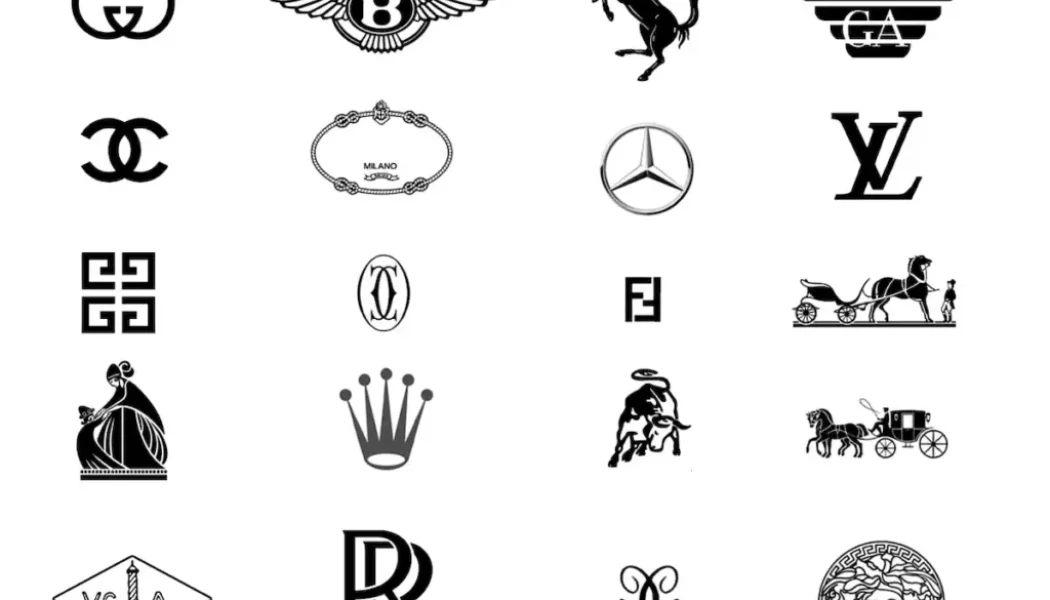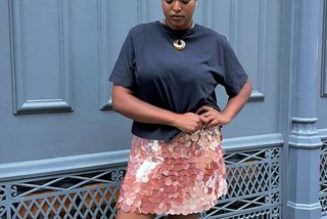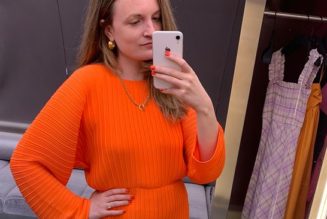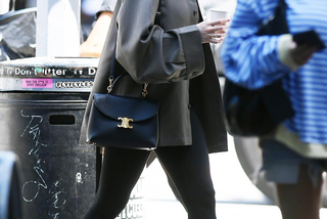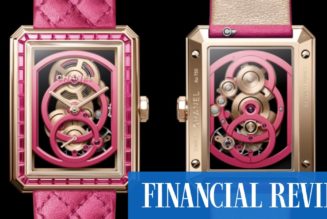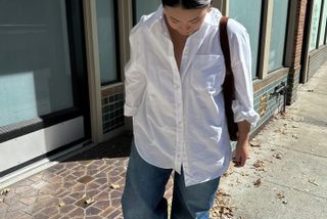More than 75 percent of customers in the U.S. say that a brand’s logo is the most important identifier of a company. This is especially true for luxury brands, as their logos are some of the most recognized symbols globally. With this in mind, luxury brands should take every opportunity to prominently display their valuable logos, right? Recent research suggests otherwise. In 2023, fashion’s biggest influencers and brands took to the “quiet luxury” trend, one that takes a more understated approach to luxury where people favor subtlety and quality over prominent displays of branding. For visual reference, consider the billionaires featured in the popular HBO series, Succession. The Roys and their cohorts opted for tailored, functional attire that is largely devoid of conspicuous logos and brand names.
Succession has been influential in amplifying the quiet luxury trend. But the luxury market has been undergoing change for several years, partly as millennials and Gen-Z become the main customers of luxury brands. Many of these consumers have come to demand that luxury brands are more sustainable and inclusive, contributing to the resurgence of quiet luxury.
The shift towards quiet luxury presents an interesting scenario for players in the luxury/fashion segment given that many big-name brands, including Balenciaga, Burberry, Gucci, Louis Vuitton, etc. rely heavily on the appeal (and goodwill) of their logos and thus, flaunt them conspicuously on most products in order to attract consumers. On the other hand, brands like Hermès, Brunello Cucinelli, Loro Piana, and Bottega Veneta, among others, have employed a strategy that centers on a more muted approach to prestige.
So, what is the right approach for luxury brands when it comes to displaying their logos and other forms of branding? Our findings suggest that prominent logo displays often backfire in the long run, making brands seem inauthentic and less desirable. This strategy turns fans of the brand away, potentially reducing its market share.
Displaying luxury logos
In our study published in the European Journal of Marketing, we found that prominent logo display discourages consumers both from buying items from luxury brands and from sharing images of these luxury items on social media. These findings held true in three distinctly different cultural contexts – for customers in the United Kingdom, Turkey, and China. On average, purchase intentions decreased by almost 19 percent and social media sharing reduced by 17 percent when logos were displayed prominently.
Many customers considered luxury items from brands that use big logos as not being genuine or otherwise true to their luxury roots. Consumers also thought that the prominent display of logos on apparel and accessories, among other goods, chipped away that the exclusivity, glamour, and sophistication of the brands at issue. Our results show that in the UK, customers’ perceptions of brand authenticity and desirability were reduced by more than 10 percent when a luxury brand decided to use prominent logos. Our study also uncovered another unique insight: In the past, research has shown that customers who are strongly connected to a luxury brand tend to defend the brand when it is rejected by social peers. However, we found that those same consumers react negatively when the brand uses loud displays.
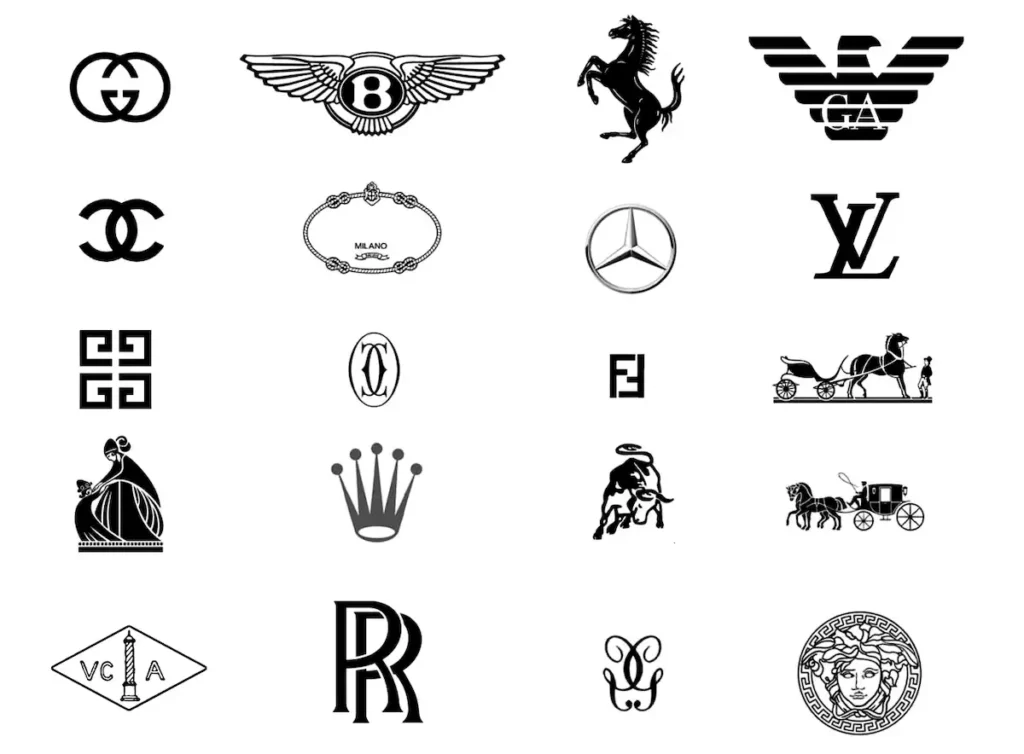
Luxury brands are often used by consumers to signal social class, prestige, and upward mobility. Buyers of luxury fashion, thus, seek to express their identities through these brands. But when logos are too prominent, they undermine the brand’s coolness and authenticity in the eyes of many consumers, thereby, diminishing the fan’s desired image of being genuine and original.
The “quiet luxury” revolution
At the same time, the rise of quiet luxury should come as little surprise, as research shows that the relationship between price and brand prominence can take the form of an inverted U-shape, such that higher priced products are less likely to identify the brand. According to Jonah Berger and Morgan Ward’s 2010 paper, Subtle Signals of Inconspicuous Consumption, “Conspicuous consumption suggests that branded products help explicitly display wealth and sophistication.” However, they argue that “inconspicuous consumption, or using subtler signals unrecognizable to most consumers, can sometimes be more effective.” Specifically, Berger and Ward assert that while “most consumers” – namely, mass consumers/aspirational luxury shoppers – “prefer high-end products with explicit branding,” others, including “insiders or experts,” traditionally opt for “less explicit branding and can correctly identify subtle-signal products,” which suggests that “subtle signals can sometimes provide more effective identity signals.”
The literature on conspicuous consumption has traditionally suggested that “price differences might drive signal explicitness,” with the boldness of branding increasing as the price of a product does; this is true for mid-market to more accessibly-priced designer products. However, this ceases to be the case beyond a certain price point when a logo’s presence decreases and gradually becomes quiet. (Berger and Ward found this to be true when they analyzed the correlation between the price and the prominence of branding on hundreds of accessories, namely, handbags.)
But major shifts are underway in the luxury fashion industry, and minimalist, logo-less style is finding broader footing across a wider array of price points – to some extent, at least. This is likely due in part to aspects of the media (the costumes in Succession, for instance). Beyond that, though, experts suggest that the quiet luxury trend is almost always connected with financial crises. The global financial crisis of 2007/2008, for example, led to a shift towards understated luxury in the fashion industry. Quiet, subtle designs came to the forefront rather than loud, ostentatious displays of wealth. As people struggle to make ends meet during the current cost-of-living crisis, it makes sense that quiet luxury is re-emerging on the scene.
The brand prominence dilemma
Prominent brand displays are, however, not shunned by everyone or all brands. Greater brand prominence is preferred by wealthy newcomers to the upper class, who are known as “parvenus.” Research suggests that consumers in this segment prefer more visible logos to signal their status and align themselves with the old money elite. A parvenu could be an artist or musician who has suddenly struck gold with their work. People who are not rich but want to climb the social ladder also routinely opt for more prominent brand displays.
So, what should luxury brands do? They should carefully consider prominent logo display strategy and its implications for their brand’s authenticity and heat – especially among their most loyal customers. Their carefully crafted image of a luxury brand may otherwise suffer. As it turns out, a whisper can speak louder than a shout.
Paurav Shukla is a Professor of Marketing at the University of Southampton.
Dina Khalifa is a Senior Lecturer in Marketing at the University of Roehampton. (This article was initially published by the Conversation.)
